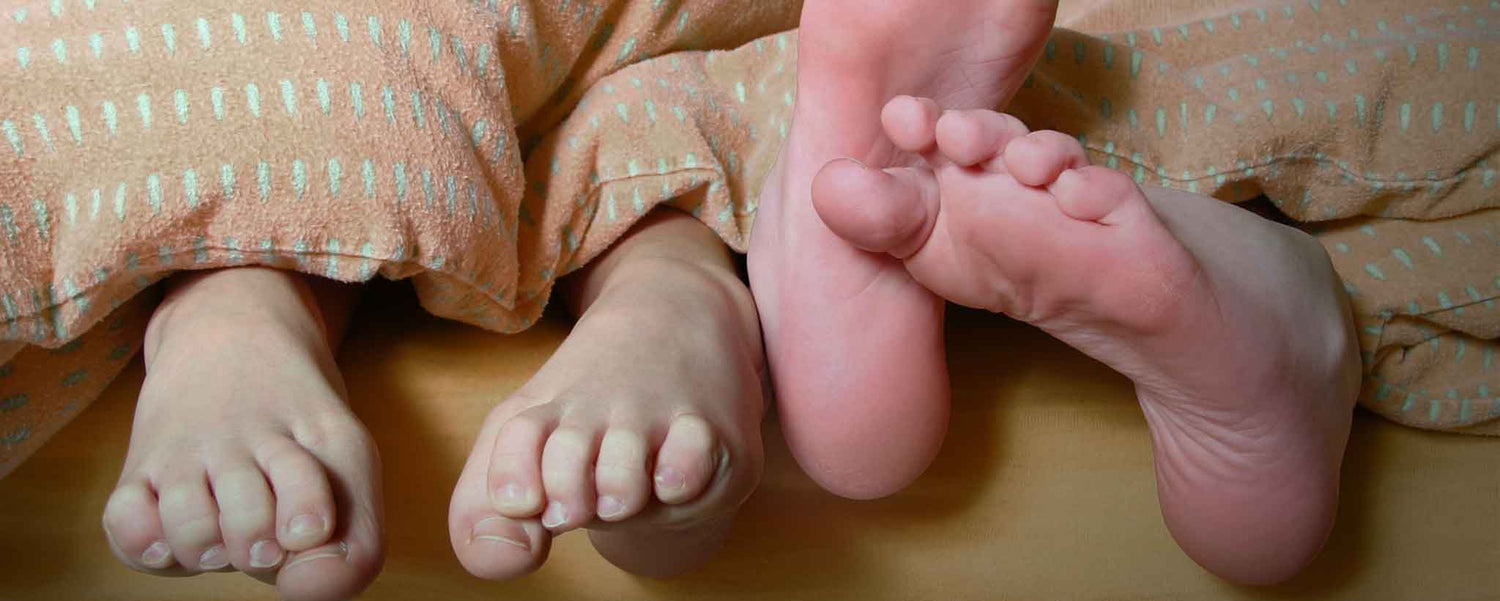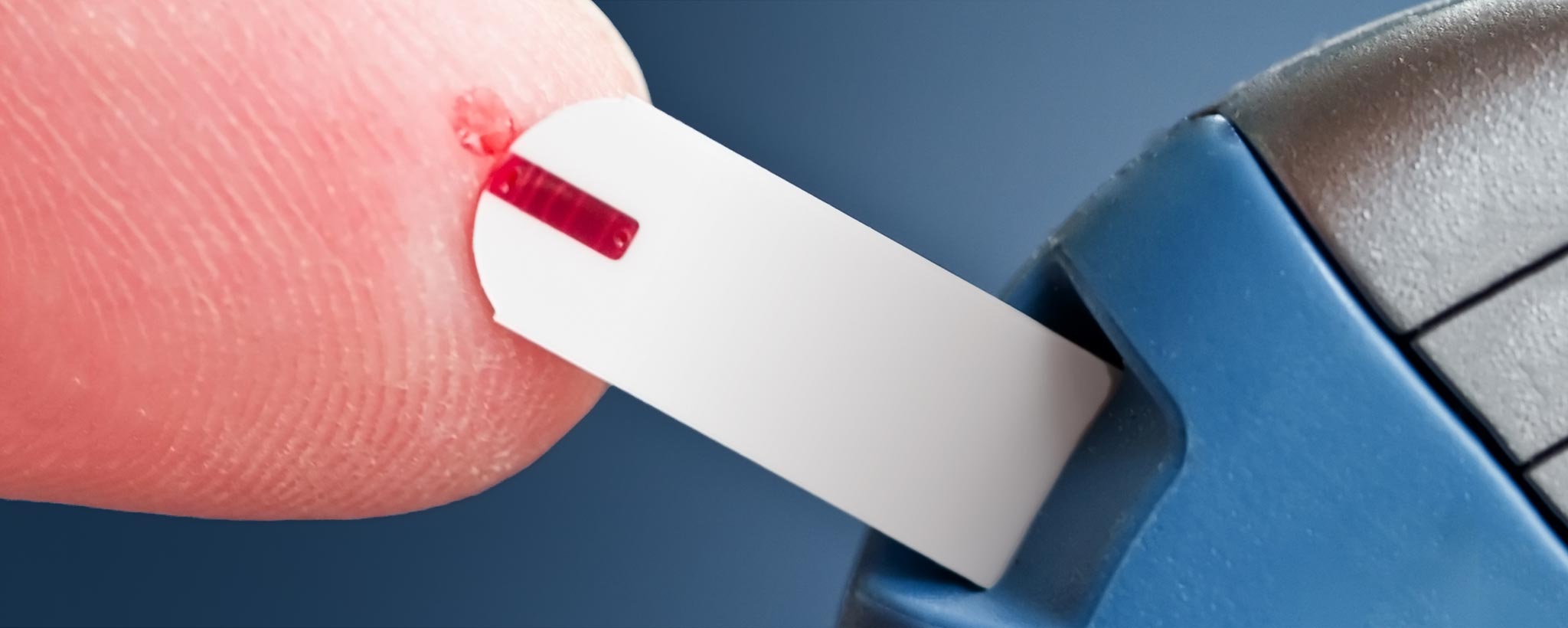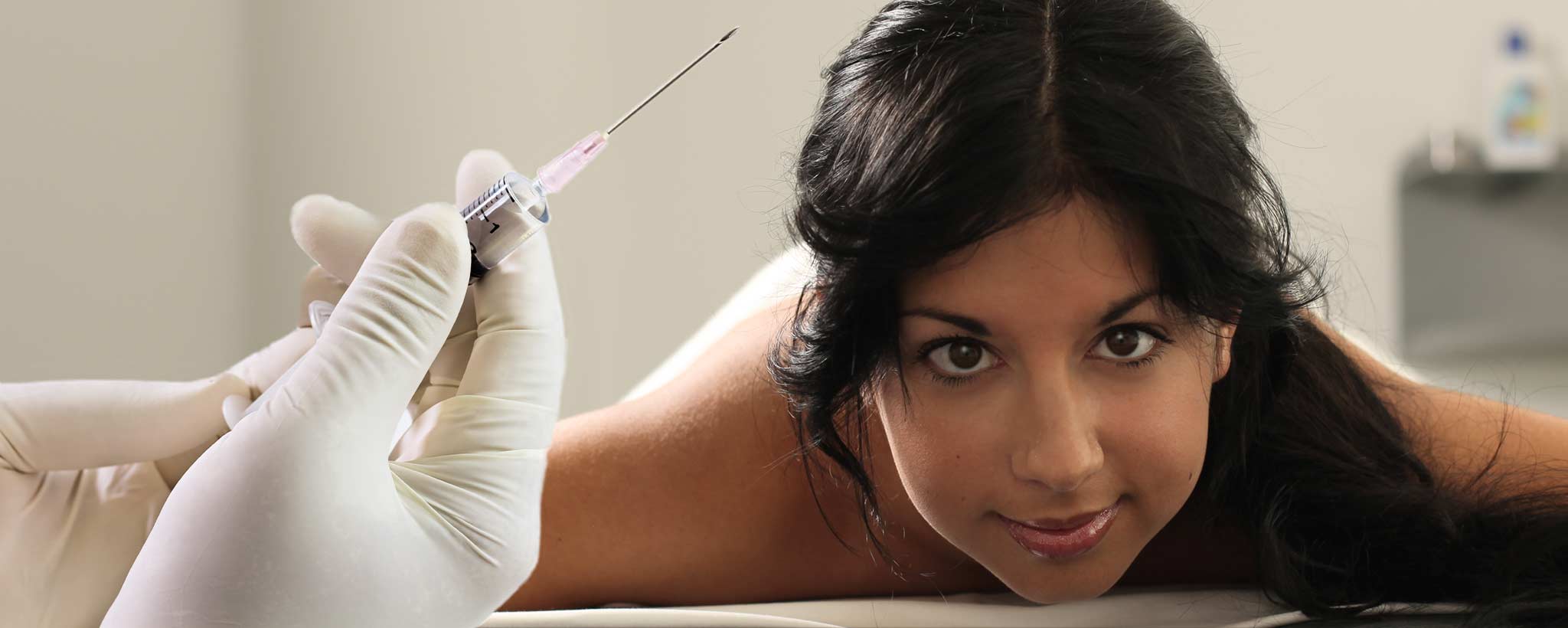Could the reason you’re so groggy, cranky, and obnoxious be the absence of REM sleep?
Tired of Working Hard
Despite the morning coffee-marinating ritual, others try to stay clear of you. They belittle your ideas, complain about your work performance, and harp about your procrastination. No one seems to appreciate that you are frequently working well into the wee hours while everyone else is asleep.
Ah, sleep. Most people claim to love it. But as we grow older and life gets more complicated, regenerative deep sleep can become elusive. New parents learn this when a toddler gets cranky, it needs a nap.
You may try to get by with catnaps during breaks (or even during prolonged “stares” at your computer screen). Has your regular caffeine-infused energy booster lost its effect? Even after a so-called good night’s sleep, you may not feel rested. Is there such a thing as non-rejuvenating sleep?
Catnap is a misnomer. Most people assume it means felines take short naps. Yet, the average cat sleeps 15 hours per day. These crepuscular creatures are most active from dusk to dawn. So the next time you say you need a catnap, it may mean that you will disconnect for at least half a day. Productive humans cannot adopt the sleeping habits of cats unless they are healing from a major illness, sedated, comatose, or slothful.
Five-Stage Sleep Cycle

Of the various stages of sleep, it is important to achieve rapid eye movement (REM). This is the restorative part of your sleep cycle. You begin the sleep cycle with a period of four-stage non-REM (NREM) sleep followed by a very short period of REM sleep. Each stage can last from 5 to 15 minutes.
A completed cycle of sleep progresses from stages 1 to 4 before REM, then the cycle repeats. An average of 20 to 25 percent of your sleep time is REM. So it may take eight hours to achieve between 1.6 and 2 hours of REM sleep. The actual duration of cycles varies for each sleep period.
Do you remember your dreams, or is sleep a dark void? While dreams can occur in other deep-sleep stages, you experience most dreams during REM sleep. Deprive yourself of REM, and a failsafe kicks in. The next time you doze off, within a few moments of your head touching the pillow, you doze off into a deep sleep. “Honey, I’m too tired” may not be an aversion to other nighttime activities when there is sleep debt.
Sleep… is a necessity for optimal functioning.
Sleep deprivation can be self-induced. You might need to work two shifts to care for a family. A newborn child can keep parents up at night. An obsessive nature may cause you to forego sleep to make progress on hobbies or freelance work.
These behaviors disrupt your natural sleep-wake cycle, called circadian rhythm, and reduce overall productivity. Some of your work completed during sleep deprivation may resemble the results of an intoxicated individual.
Interfering with the normal sleep cycle can cause grogginess, forgetfulness, lack of concentration, and diminished work performance. In simple terms, there are NREM and REM periods of sleep. For finer distinction, Rebecca Turner, who teaches lucid dreaming, describes five sleep stages:
- NREM Stage 1 is a light sleep from which you can easily be awakened. Decreasing muscle tone causes twitches and hypnic jerks. Hypnagogic hallucinations occur, and swirling patterns hypnotize your mind into a restful sleep. Stage 1 also marks the loss of self-awareness and most sensory attachment to the physical world. Your brainwave frequencies descend from Alpha through Theta (4–7 Hz).
- NREM Stage 2 is a loss of nearly all muscle tone, so your physical body can’t act out dreams. Although your brainwaves are slowing, they show brief bursts of higher brainwave activity called sleep spindles and K-complexes. You spend around half of all your sleep in Stage 2, a light, dreamless sleep.
- NREM Stages 3 and 4 are slow-wave sleep (SWS), consisting of unconscious delta activity. The sleeper is less responsive to the environment, and most stimuli cause no reaction. If awakened, you initially feel especially drowsy and confused. Another dreamless stage of sleep, it is the most likely time for sleepwalking.
- REM Sleep, or paradoxical sleep, marks the onset of dreaming. The sleeper, though showing more active brainwaves than before, is harder to awaken. If you are awakened from REM sleep, you are more likely to jump right back in during a later nap. REM sleep deprivation impairs your ability to learn complex tasks and form long-term memories.
Sleep researchers divide sleep into five stages—stages 1, 2, 3, and REM—but to keep things simple, Fitbit groups like sleep stages together. In the app, your sleep will fall into three stages: light, deep, and REM.
Sleep scientist Dan Gartenberg describes three stages of sleep: Light sleep, REM sleep, and deep sleep. (2:21) He attributes regenerative health to this third stage, which deteriorates with age. His studies, funded by the National Institute of Health, seek to enhance deep sleep brain waves. The article you are currently reading focuses on cycles demarcated by REM.
“TED Talk: The brain benefits of deep sleep—and how to get more of it” by Dan Gartenberg
Sleep Disorders
With REM sleep behavior disorder (RBD), the paralysis that occurs during REM sleep is incomplete or absent. This allows you to “act out” dreams—talking, yelling, punching, kicking, sitting, jumping from bed, arm flailing, and grabbing.
There are various circadian rhythm disorders. Advanced Sleep Phase Syndrome (ASPD) is a disorder in which a person goes to sleep earlier than desired (e.g., between 6 p.m. and 9 p.m.) and wakes up earlier than desired (e.g., between 1 a.m. and 5 a.m.).
Delayed Sleep Phase Syndrome (DSPS) is a disorder of sleep timing. People with DSPS tend to fall asleep very late at night and have difficulty waking up in time for work, school, or social engagements.
Insomnia Is An Enemy of Sleep
If sleep has so many benefits, why might you deprive yourself of it? Your body may feel tired, but when you lie down, your mind races. Rather than relaxing, you feel anxious and unproductive. So you get up to either address the things running through your head or take your mind off them.
Insomnia, sleep apnea, and narcolepsy may all result in daytime fatigue. They can interfere with the ability to reach the fifth stage of sleep throughout the night. However, sleep disorders often have different underlying causes.
Sleep apnea involves repetitive and brief disruptions of airflow while sleeping. It only occurs as a result of an underlying physical problem—airway blockage.
Narcolepsy is a chronic brain disorder that involves poor control of sleep-wake cycles. Narcoleptics experience periods of extreme daytime sleepiness and sudden bouts of inconvenient sleep. These “sleep attacks” usually last a few seconds to several minutes.
Sleep apnea and narcolepsy almost always require intervention by a medical professional and perhaps a medical device. Some behavioral strategies are available. Insomnia is sometimes treated with a prescription, but generally requires addressing emotional or neurological imbalances.
Ramifications of Not Reaching REM Sleep Stages
Imagine driving a 5-speed manual transmission vehicle. You change gears each time the tachometer revs the engine around 3000 (gauge x10) revolutions per minute (RPM). Higher speeds use a larger gear to lower the RPM, decrease engine strain, and improve fuel economy.
Accelerating up to highway speeds in low gear is redlining (unsafe RPM). This shortens the life of the transmission just as subsisting on light sleep without rejuvenating REM sleep damages your health. Total sleep deprivation has proportionately more severe consequences.

After 24 hours without sleep, detrimental changes in your body begin. Stress hormones and blood pressure levels rise. Following one to two days of no sleep, your body decreases its ability to metabolize glucose.
Your immune system stops working as well, and your body’s internal temperature begins to drop. A high-school student, Randy Gardner, attempted to set a sleep-deprivation world record. Within 11 days, he experienced eyesight problems, hallucinations, speech, and memory anomalies.
There is conflicting information about the effects of the lack of REM sleep. Problems may occur in cognition and pain sensitivity as well as in other areas. Not reaching your REM sleep state can be beneficial in a few circumstances. But sleep deprivation is not considered a therapy for depression. Studies on the subject of rapid eye movement and sleep deprivation have found:
- Lack of rapid eye movement sleep may interfere with long-term memory. Rats deprived of REM sleep reduce cell proliferation in the part of the brain associated with long-term memory in a study by Dennis McGinty, PhD.
- Possible weight issues. According to a University of Pittsburgh study, reduced REM sleep may contribute to weight problems in children and teenagers.
- Pain sensitivity may increase with insufficient sleep. Acute pain sensitivity can increase with lack of REM sleep, according to a study at Henry Ford Hospital.
- Coping skills and reflexes may diminish. A University of Wisconsin study found that rats deprived of rapid eye movement sleep had reduced ability to handle difficult situations. They fail to show defensive responses in threatening environments.
Learning and Memory
The fifth stage of sleep may play a role in learning and memory. The article, “Sleep Learning, and Memory,” from Harvard Medical School’s Division of Sleep Medicine, explores the relationship between sleep, memory, and learning:
- People participating in an intensive language course experienced an increase in REM. This indicates that the brain requires more REM sleep to assimilate new information.
- Mice in studies show an increase in REM sleep after finishing a new path through a maze. This means that the mice may need more of this stage of sleep to absorb the lessons learned in the experience.
- The fifth stage seems to play a role in procedural memory (sequential steps to complete tasks). It appears that this stage of sleep can help you remember how to complete tasks.
As with many sleep issues, the role of rapid eye movement in learning and memory remains under investigation.
Get A Good Night’s Sleep
Exercise is one of several practical, non-pharmaceutical insomnia remedies. Take a 20-minute brisk walk during the morning or early evening. Avoid caffeinated beverages. Engage in relaxing activities, such as a warm bath before bedtime. Invest in a comfortable mattress.
Avert your eyes from illuminated screens in the hours leading up to sleep. (Some mobile devices include a Blue Shade feature to improve rest. Even dim light can interfere with a person’s circadian rhythm and secretion of a neurological hormone called melatonin.)
Darken the room completely. Your brain creates melatonin that senses the darkness and primes you for sleep. Don’t use your bed for work or watching television; your bed is a place for sleep.
Your brain creates a hormone called melatonin that senses the darkness and primes you for sleep.
Software developers have tapped into motion sensors within modern smartphones to record sleep patterns. One example is the Good Morning Alarm Clock. Without measuring brainwaves, respiration, and heartbeat, such apps approximate NREM Stage 1 states of movement (light sleep) and anything from NREM Stage 2 to REM motionless (deep sleep) to count sleep cycles.
Launch the app and place the phone on the bed beside you as you sleep. (Note: The phone will get warm from being active all night. This may cause battery expansion, requiring replacement. Fitness trackers that are strapped to your wrist are better alternatives.)
Some apps include soothing sounds that help you fall asleep and alarms that go off at the optimal sleep cycle ending. Fitness watches may be worn while sleeping to monitor rest circadian rhythm.
The interesting point to take away is that sleep is necessary. Bragging about accomplishments without sleep is not a victory. Furthermore, you can sleep without actually resting when deprived of REM sleep. There are many causes and remedies for sleep disorders.
Speak with a medical professional if behavioral changes don’t result in a good night’s sleep. Many toxic social behaviors will subside as a pleasant personality emerges with more peaceful regenerative sleep.
To support the writing of useful articles about neurology, ClinicalPosters sells human anatomy charts, scientific posters, and other products online. You may sponsor specific articles, become a ClinicalNovellas Member, or remit a small donation.
ClinicalPosters sells human anatomy charts, scientific posters, and other products online to offset expense of the writing useful articles about neurology. Slide extra posters into DeuPair Frames without removing from the wall.
Show your support by donating, shopping for ClinicalPins, becoming a ClinicalNovellas Member, or leaving an encouraging comment to keep the research going.
To support the writing of useful articles about neurology, ClinicalPosters sells human anatomy charts, scientific posters, and other products online. You may sponsor specific articles or remit a small donation.
ClinicalPosters sells human anatomy charts, scientific posters, and other products online to offset expense of the writing useful articles about neurology. Slide extra posters into DeuPair Frames without removing from the wall.
ClinicalPosters sells human anatomy charts, scientific posters, and other products online. You may remit a small donation or become a ClinicalNovellas Member.
You can support the writing of useful articles about neurology by sponsoring specific articles, becoming a ClinicalNovellas Member, or remitting a small donation. Visible content is optimized for device size.








 Romance & Health Intertwine. Fall in love with a captivating romance miniseries that explores the essence of well-being. Become a ClinicalNovellas member for heartwarming tales.
Romance & Health Intertwine. Fall in love with a captivating romance miniseries that explores the essence of well-being. Become a ClinicalNovellas member for heartwarming tales.





